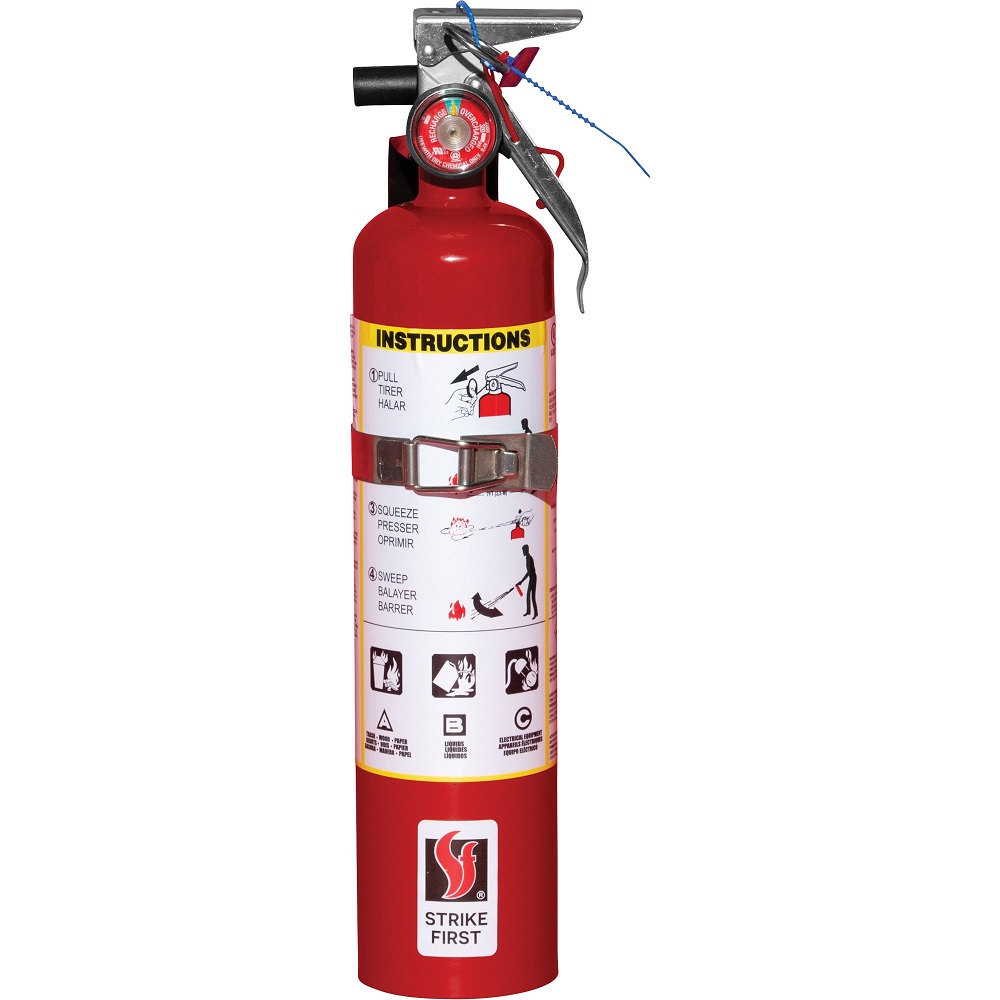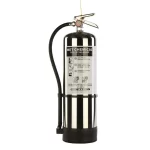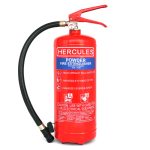Fire safety is a crucial aspect of any home or workplace, and having the right firefighting equipment can make a significant difference in an emergency. Among the different types of fire extinguishers available, the ABC fire extinguisher stands out due to its versatility and effectiveness against various classes of fires. This article will provide you with essential information on how to properly use and maintain your ABC fire extinguisher, ensuring it remains reliable when you need it the most.
Understanding Your ABC Fire Extinguisher
What Is an ABC Fire Extinguisher?
An ABC fire extinguisher is a portable firefighting tool that can tackle Class A, B, and C fires. Class A fires involve ordinary combustibles like wood, paper, and cloth. Class B covers flammable liquids like gasoline, oil, and grease, while Class C pertains to electrical fires caused by live wires or equipment. The versatility of the ABC extinguisher makes it an ideal choice for homes and businesses alike.
ABC fire extinguishers are filled with a dry chemical agent, such as potassium bicarbonate or sodium bicarbonate. This powder effectively interrupts the chemical reaction that sustains a fire. Understanding the specific applications of your extinguisher can help you act quickly in an emergency situation.
Different Types and Sizes
ABC fire extinguishers come in various sizes, ranging from small 2.5-pound canisters to larger 20-pound units. Smaller extinguishers are suitable for homes and small businesses, while larger models are better suited for industrial or commercial settings. When choosing an extinguisher, consider the size and potential fire risks in your environment.
Also, make sure to check the pressure gauge on the extinguisher to ensure that it is fully charged. The gauge typically includes a colored indicator that shows whether the pressure is in the safe zone or if the extinguisher needs to be recharged or replaced.
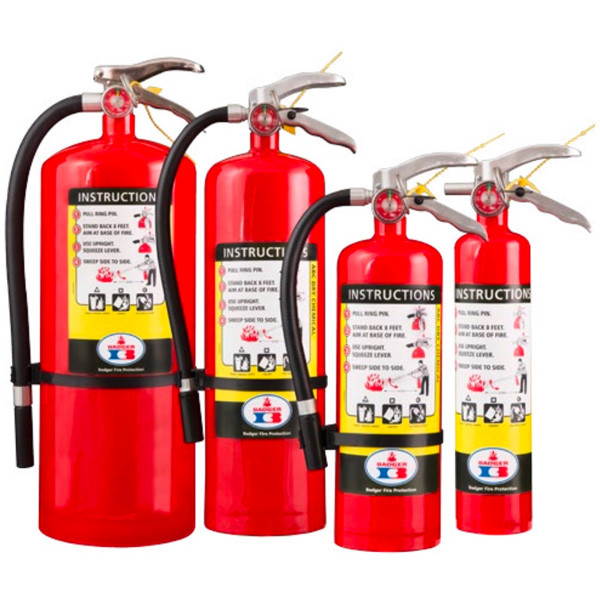
Location and Placement
Choosing the Right Location
Proper placement of your ABC fire extinguisher is key to ensuring quick access in an emergency. It’s advisable to place extinguishers near potential fire hazards, such as kitchens, garages, or utility rooms. In a home setting, location is especially critical; each floor should ideally have at least one accessible extinguisher.
Consider high-traffic areas while placing your extinguisher where it can be easily spotted. Avoid placing it in confined or hard-to-reach spots. An effective strategy is to mount the extinguisher on a wall, ensuring it is visible and easily accessible without the need to search for it during an emergency.
Height Considerations
When mounting your ABC fire extinguisher, keep the height and accessibility in mind. It should be easily reachable for everyone in your household, including children. The general guideline recommends that the top of the extinguisher be no higher than 5 feet from the ground.
Also, ensure that the extinguisher is secured in place to prevent accidental dislodging. Use appropriate brackets or mounting systems that can withstand the weight of the extinguisher while avoiding any unnecessary movement.
How to Use an ABC Fire Extinguisher
The P.A.S.S. Technique
In a fire emergency, you must act quickly and efficiently. The P.A.S.S. technique is a widely taught method for using a fire extinguisher effectively. Here’s how it works:
- Pull: Pull the safety pin at the top of the extinguisher. This step breaks the seal, making the extinguisher ready for use.
- Aim: Aim the nozzle at the base of the fire. Targeting the flames directly will help extinguish the fire more effectively, as you want to eliminate the fuel source.
- Squeeze: Squeeze the handle slowly to release the extinguishing agent. Apply a steady pressure while ensuring the flow of the agent is continuous.
- Sweep: Sweep the nozzle side to side at the base of the fire until it is completely extinguished. This sweeping action helps cover the fire thoroughly.
Situational Awareness
Always maintain situational awareness while using an extinguisher. If the fire escalates or you feel overwhelmed, evacuate the area immediately. It’s important to ensure that you are safe before trying to put out a fire. Knowing your exit routes ahead of time can help you remain calm in a stressful situation.
Before using any extinguisher, assess the fire and decide if it’s safe to attempt to extinguish it. If you cannot control the flames quickly, prioritize getting yourself and others to safety and calling emergency services.
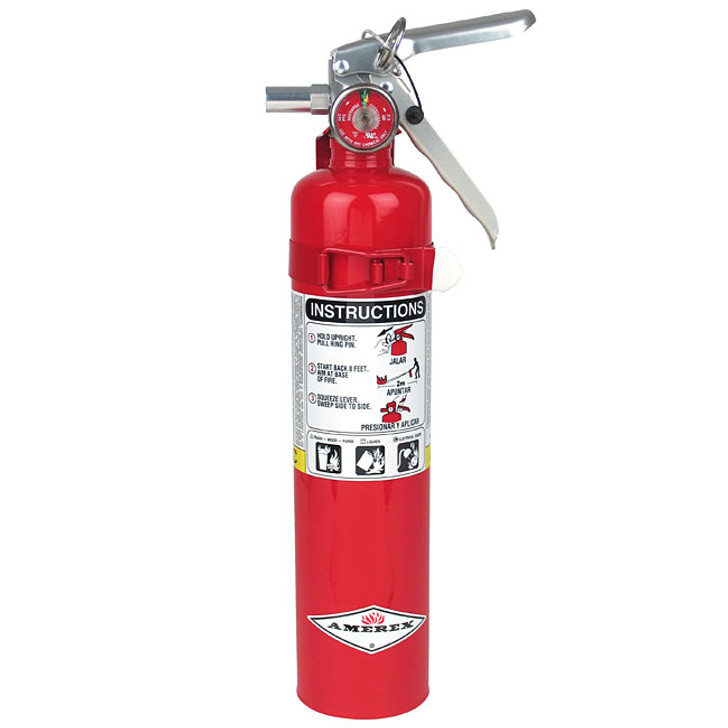
Maintenance and Inspections
Regular Checks
Routine checks are essential for ensuring your ABC fire extinguisher is functional when you need it. Be sure to inspect your extinguisher at least once a month. Check the pressure gauge, ensuring it remains in the operable range. If the needle points to the red zone, it indicates the extinguisher needs to be recharged or replaced.
A visual inspection should also include checking for physical damage or corrosion. Look for any dents, leaks, or crusting around the nozzle, which can impede functionality. Ensure that the discharge nozzle is clear and unobstructed.
Professional Maintenance
In addition to your routine checks, it’s wise to have a professional inspection at least once a year. Certified technicians can evaluate the condition of your extinguisher, ensuring it remains compliant with safety standards. Many local fire departments offer inspection services or can recommend qualified service providers.
Regular maintenance is not only a legal requirement in many areas but also a critical factor in ensuring your safety. Keeping records of inspections and servicing dates can be beneficial for accountability and peace of mind.
Understanding Expiry Dates
Lifespan of an Extinguisher
Every ABC fire extinguisher has a limited lifespan. Typically, a well-maintained extinguisher can last up to 10 to 12 years from the date of manufacture. After this time, the chemicals inside may become less effective, even if the extinguisher appears to be functional. Check the label on your extinguisher for an expiry date or the date of manufacture.
It’s crucial to replace older extinguishers to ensure optimal performance during emergencies. Knowing this lifespan can prevent life-threatening situations where ineffective extinguishers are utilized.
Replacement Protocol
When it comes time to replace your extinguisher, follow proper disposal guidelines. Many fire departments accept expired extinguishers for recycling, ensuring that they are disposed of safely. Consider purchasing a replacement that meets the demands of your environment; whether it’s a home, business, or industrial setting, the right choice is vital for ensuring effective fire safety.
Investing in a new ABC fire extinguisher not only guarantees safety but also demonstrates a commitment to protecting yourself, your family, and your property.
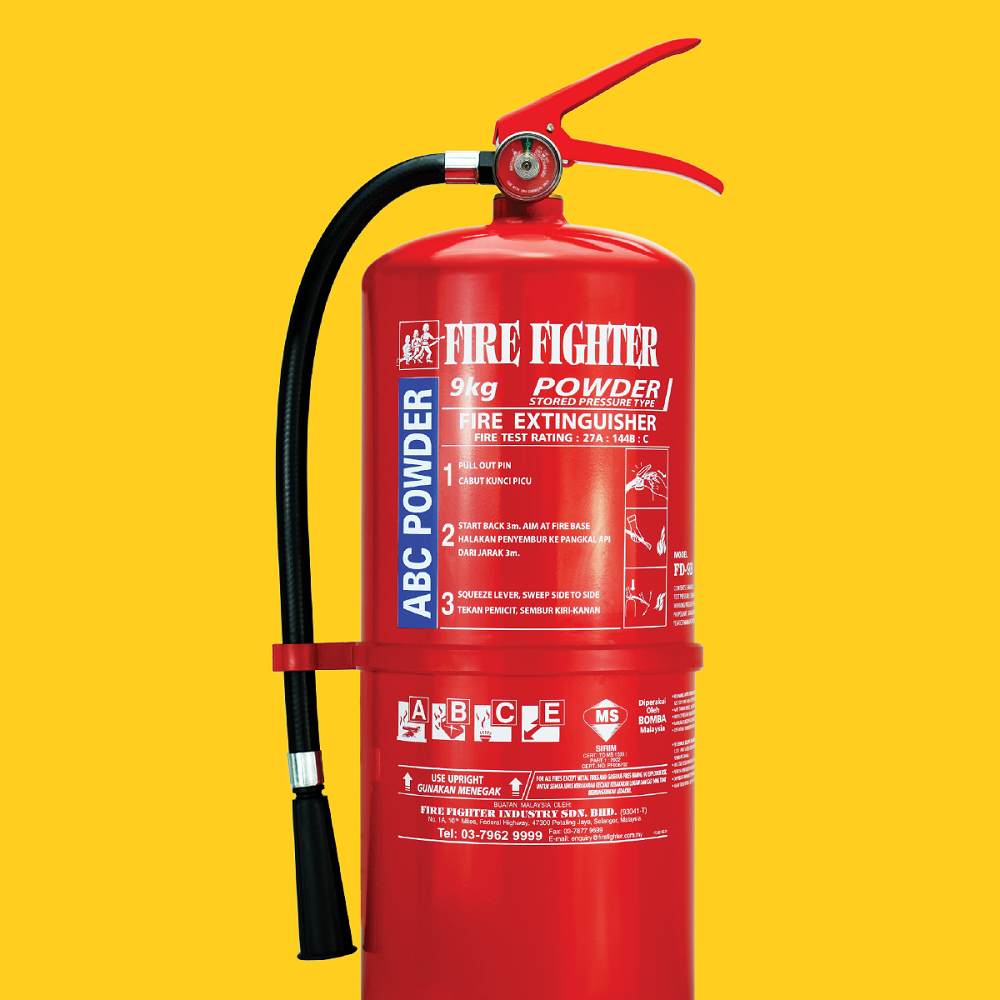
Training and Education
Fire Safety Training
Education is key to effective fire prevention and response. Familiarize yourself and your family members with the operation of the ABC fire extinguisher. Conduct practice drills to ensure everyone knows how to use the extinguisher properly in the event of a fire.
Consider attending local fire safety workshops or seminars offered by community organizations, schools, or fire departments. These programs provide valuable information about fire safety and best practices for prevention and response.
Teaching Others
Empower those around you, especially children and elderly members, with knowledge of fire safety. Teaching basic principles of escape routes, how to activate fire alarms, and how to use extinguishers can be invaluable life skills. Reinforcing readiness and response can ultimately save lives during an emergency.
Creating open lines of communication that enable regular discussions about fire safety can keep everyone informed and prepared.
Prioritize Safety and Preparedness
Using and maintaining an ABC fire extinguisher is a practical step in safeguarding your home and loved ones. Through proper understanding, placement, and maintenance, you can ensure that this vital piece of equipment is always ready for use.
Adhering to the recommended practices for usage and conducting regular inspections underscores your commitment to safety. Remember that a fire extinguisher is just one component of a comprehensive fire safety plan, which should include smoke detectors and escape routes.
By investing time in familiarizing yourself with your ABC fire extinguisher, you equip yourself with the knowledge and tools to act decisively in emergencies. Prioritizing safety and preparedness not only protects lives but also gives peace of mind that you are ready to face any situation confidently. Stay safe, be prepared, and take fire safety seriously!
